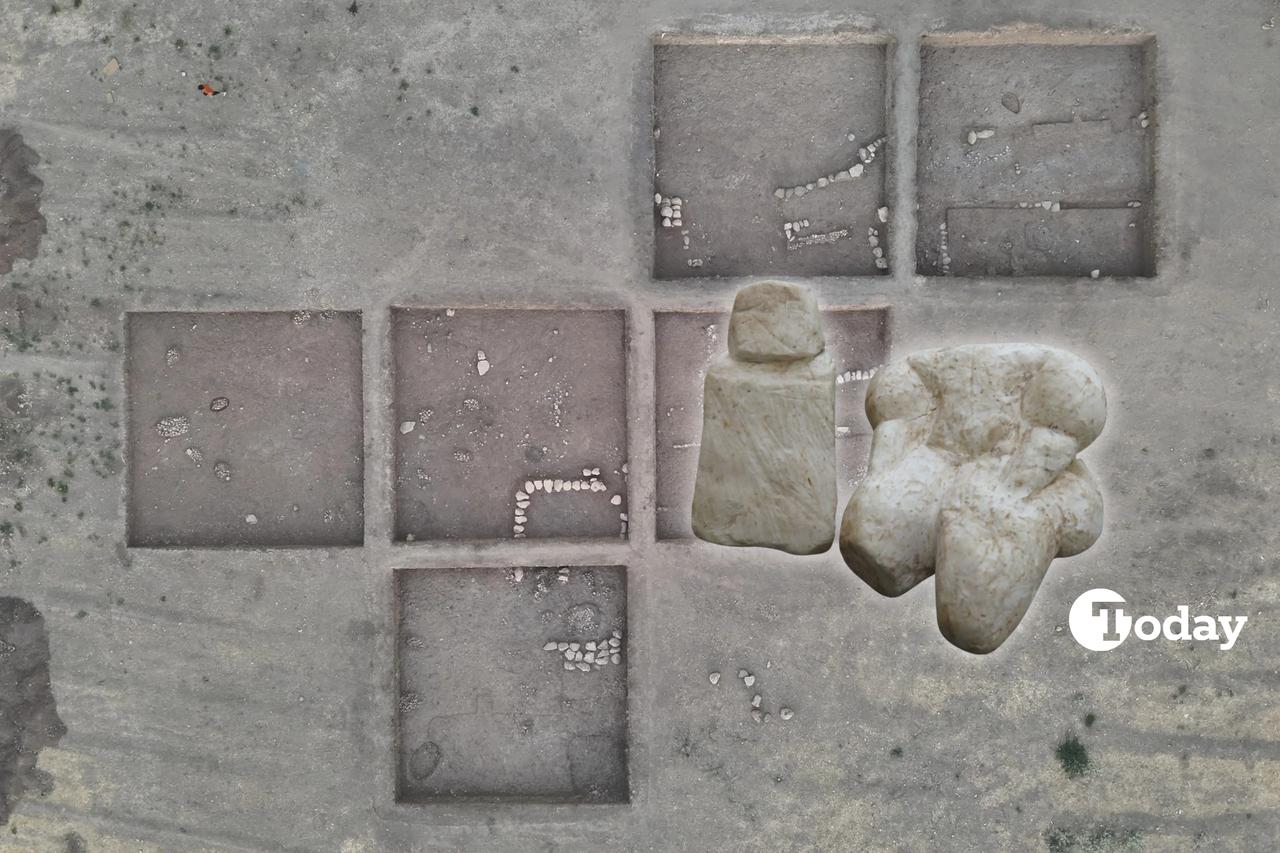
Located just south-east of the modern city of Sanliurfa, the Neolithic settlement of Gurcutepe is emerging as one of the key sites for understanding how communities within the Tas Tepeler (Stone Mounds) Project area moved from limestone plateaus down into the fertile Harran Plain and eventually abandoned their large settlements there.
Gurcutepe lies about 4 kilometers south-east of Sanliurfa, on the north-western edge of the Harran Plain in southeastern Türkiye. The site extends over roughly 1,200 by 800 meters and consists of eight related settlements, named Gurcutepe I–VIII, four of which are mounds (hoyuk) and four are flat-lying areas. These communities were founded next to natural springs and along the Sirrin stream, which flows on toward the Balik River, so water and fertile soils shaped the choice of location from the beginning.
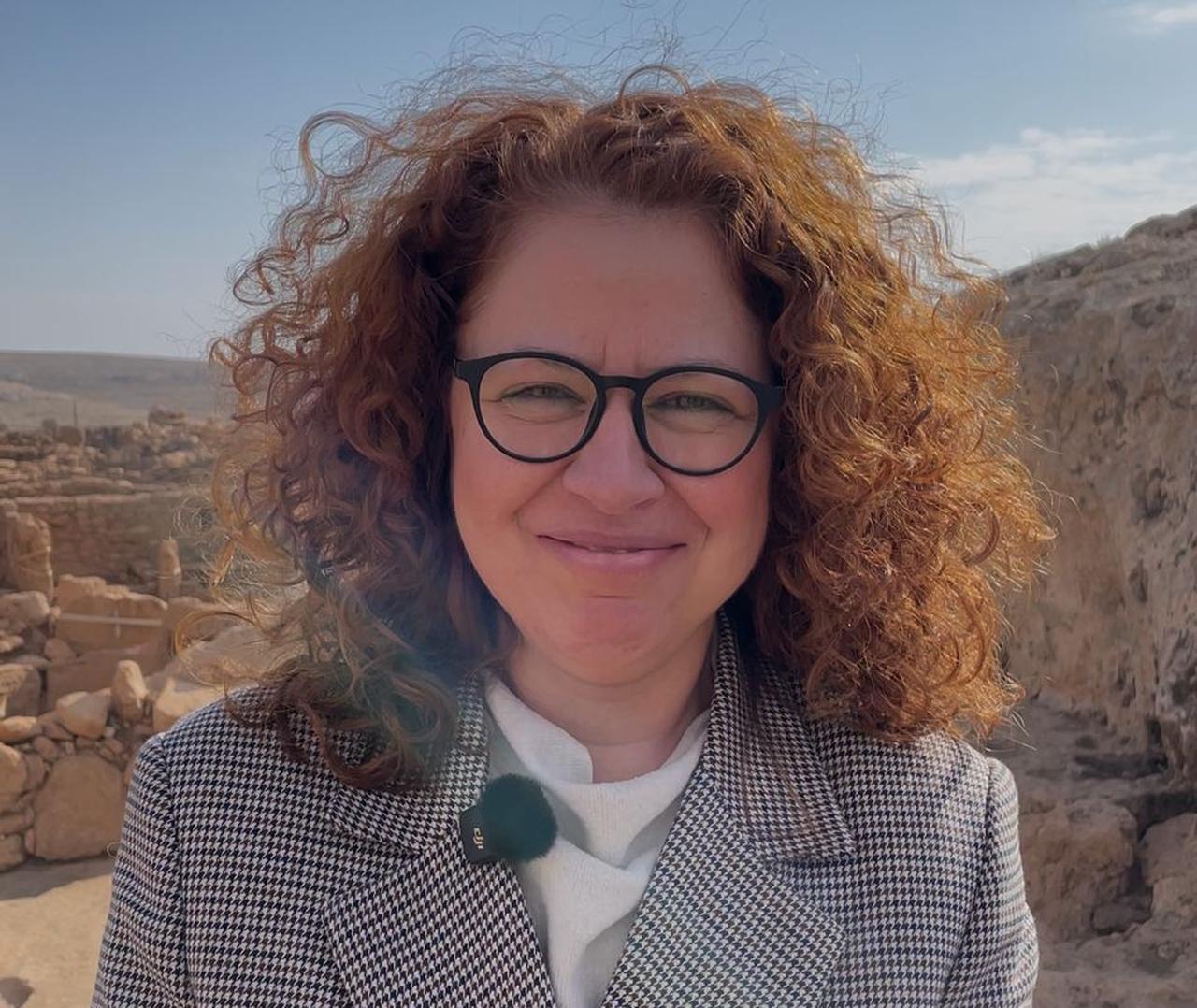
The earliest occupation of the area dates to the Late Pre-Pottery Neolithic period, and life at the site continued without interruption into the Pottery Neolithic phase. In the early 2000s, modern housing began to spread over much of the ancient landscape, and today only a relatively small area at Gurcutepe III has remained open as agricultural land.
Speaking to Türkiye Today, excavation director Assoc. Prof. Mucella Erdalkiran described how the site fits into the broader framework of the Tas Tepeler Project, which focuses on early Neolithic settlements in the Sanliurfa region. She noted that Gurcutepe lies on the Harran Plain and is dated to the late phase of the Pre-Pottery Neolithic (often abbreviated as PPN), right at the end of this stage, while also preserving a transition into the Pottery Neolithic. Research at Gurcutepe originally began in parallel with work at Gobeklitepe in 1995 and continued until 1999, after which excavations stopped when the aniconic monumental architecture at Gobeklitepe took priority. No further fieldwork took place until the new campaign started in 2021.
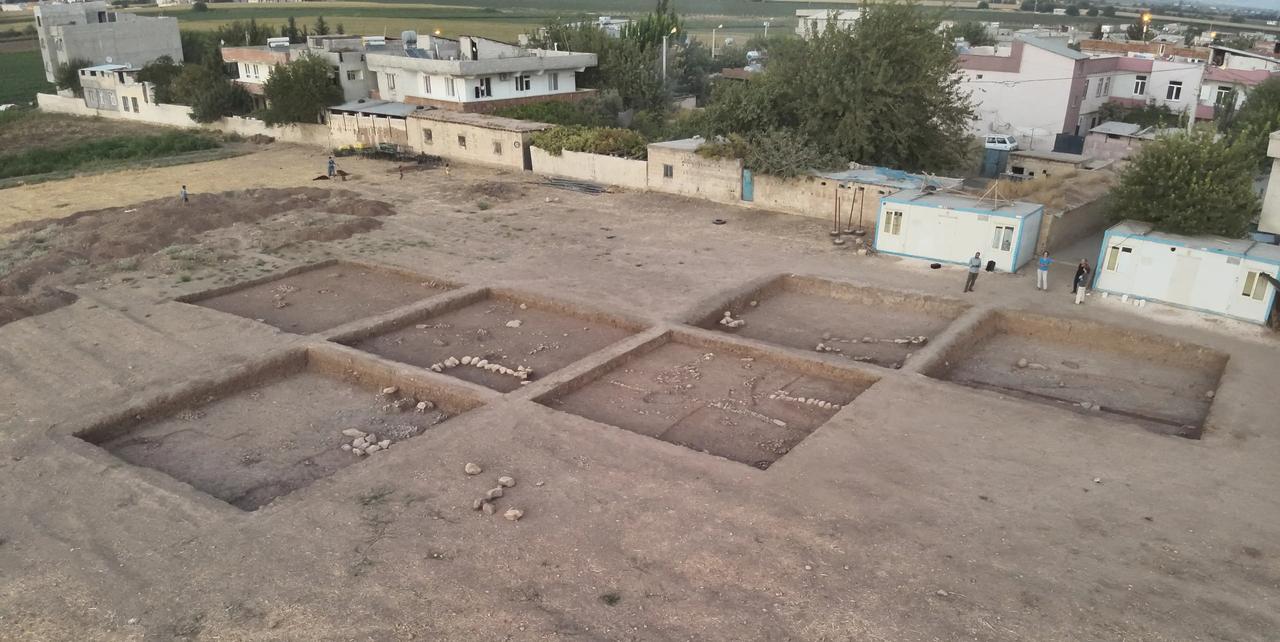
The second phase of investigations, which began in 2021, focuses on the western part of Gurcutepe III, where there is no modern building activity. Archaeologists laid out a 10-by-10 meter grid system over the mound and opened six trenches around its highest point. These excavations have identified two archaeological layers that represent different moments in the life of the settlement.
In the first layer, just beneath the agricultural topsoil, researchers uncovered partially preserved houses with stone foundations and wide interior rooms. Open spaces between these buildings contained hearths, refuse pits and deep cooking pits whose bases were filled with fire-cracked stones, indicating that the same spots were used again and again for food preparation. These open zones also functioned as workshops, where daily tasks and small-scale production took place close to the dwellings.
According to Erdalkiran, the team has so far identified “a phase of wide-room buildings and a phase of cell-planned buildings,” which together define the main architectural sequence at the site. Excavations are currently underway on two of the four main mounds, where the relationship between these phases is being explored.
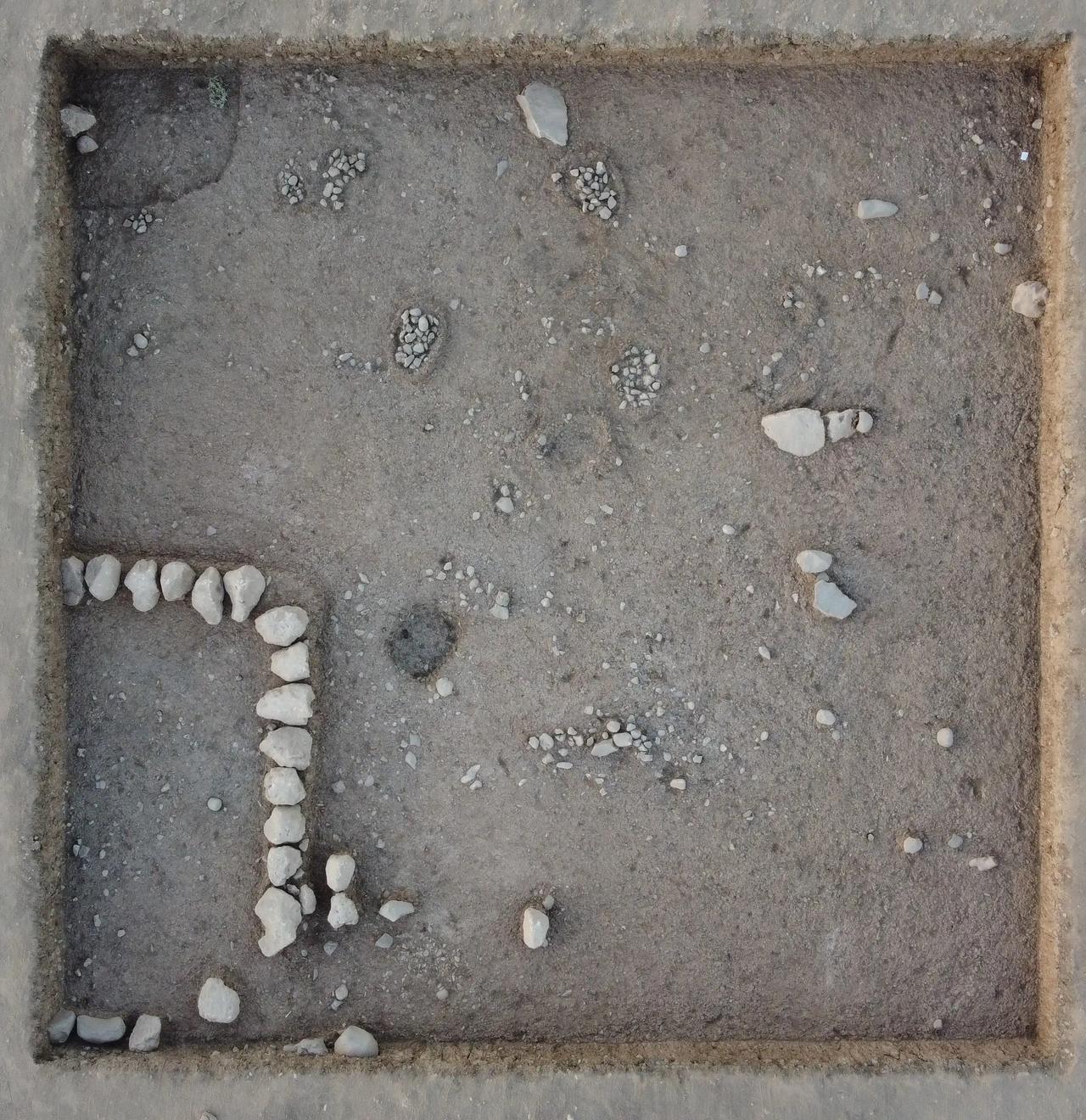
The second, deeper layer has so far been documented only in the southernmost trench. Here, archaeologists found rectangular houses with stone foundations and pisé (rammed earth) walls, which probably had more than one room. The overall settlement plan appears similar to that of the upper layer: outside the houses there is an open area that contains a hearth belonging to the dwelling, as well as cooking pits and a refuse dump.
Erdalkiran explained that the team calls this lower phase the “cell-planned buildings” stage. These are recognised in the literature as two-storey earthen structures whose ground floors consist of a series of small rooms or “cells.” Within these cells, the excavation has brought to light a wide range of everyday objects, and they have also yielded burials. In the previous season, archaeologists identified three graves inside these rooms, and in the current season they found a further four graves within a single building.
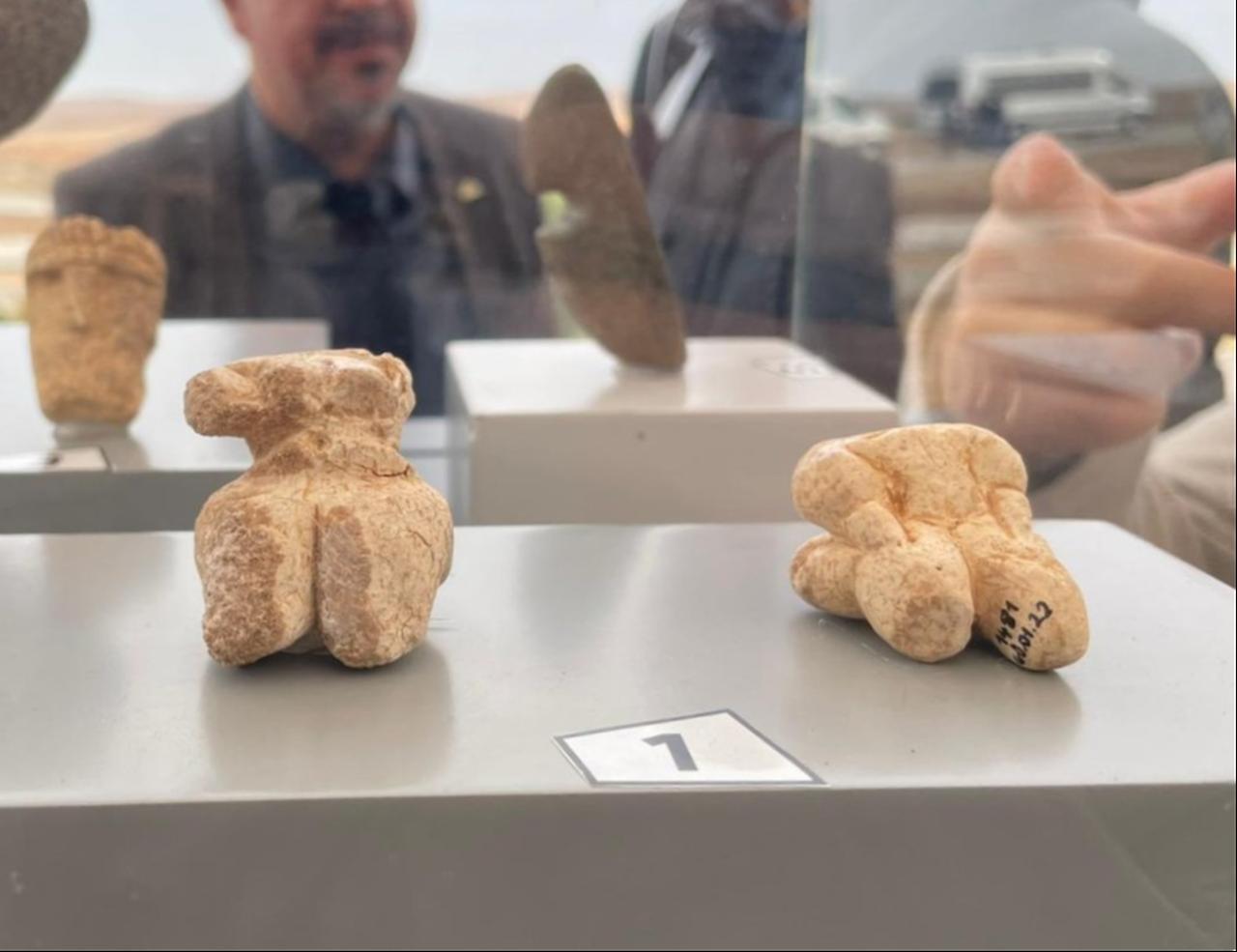
The open areas between houses in the upper layer have produced a dense concentration of artefacts that point to domestic and craft activities. Finds include several unfinished limestone figurines, phallic objects, stone weights, bracelets, beads, stone vessels, chipped stone discs, palettes, axes, mortars and pestles, alongside large quantities of chipped stone tools. Together they indicate that household and workshop activities overlapped in the same outdoor spaces.
From the second layer, where excavation has so far been more limited, the finds are fewer in number but still significant. They include a limestone figurine, a terracotta animal figurine, a stone vessel and additional beads, which continue the pattern of both symbolic and everyday objects being used within the settlement.
The chipped stone tools from Gurcutepe are particularly important. They include large projectile points known as Byblos and Palmyra types, which are seen as characteristic for the Pre-Pottery Neolithic B phase in the region and therefore help to fix the chronology of the site. Domestic equipment made of basalt, such as mortars, pestles and grinding stones, together with stone vessels carved from alabaster or limestone, point to a rich inventory of household tools.
Objects interpreted as religious or symbolic include a series of limestone figurines representing women, men and sometimes genderless human forms. Most are cubic in shape and match the styles seen at other contemporary sites in the area, yet two extremely obese female figurines stand out and are described as showing different cultural features.
The main aim of the Gurcutepe project is to reconstruct and test changes in lifeways over time by combining data on paleo-geography, subsistence and household economies. Specialist studies of animal bones, botanical remains and other groups of material culture that reflect everyday practices are expected to clarify how daily routines, production strategies and domestic arrangements evolved through the Neolithic sequence. The next step will be to set these results within a broader regional framework and explore how Gurcutepe relates to developments across a wider area.
As the latest settlement in the chronological sequence of the Tas Tepeler Project, Gurcutepe holds a special place in ongoing research. New work at the site is seen as crucial for understanding why Neolithic communities chose to leave the limestone hills and move down into the plain, and why such a large settlement was ultimately abandoned. Erdalkiran underlined that the team’s findings at Gurcutepe, shared through Türkiye Today, are expected to play a central role in answering these questions about movement, settlement and long-term change within the Tas Tepeler landscape.